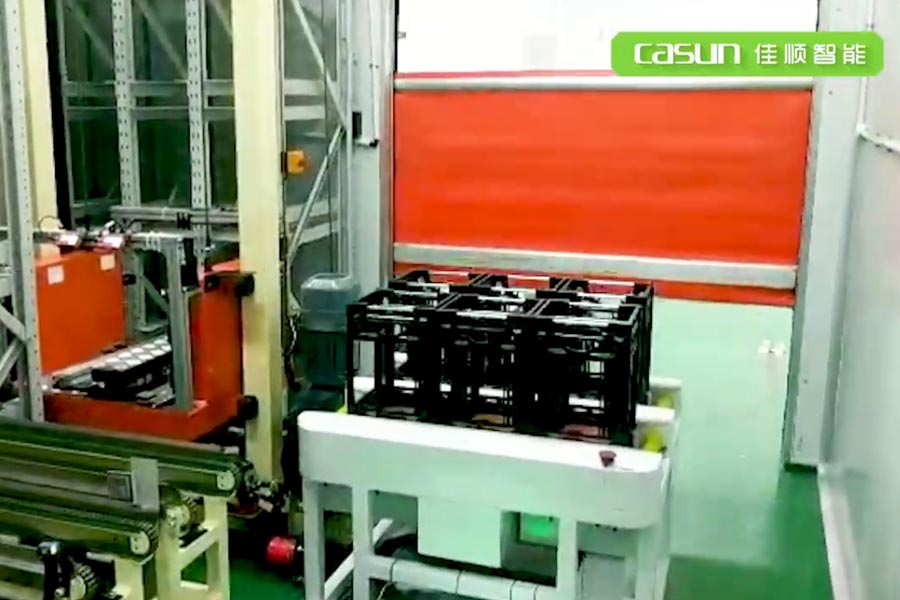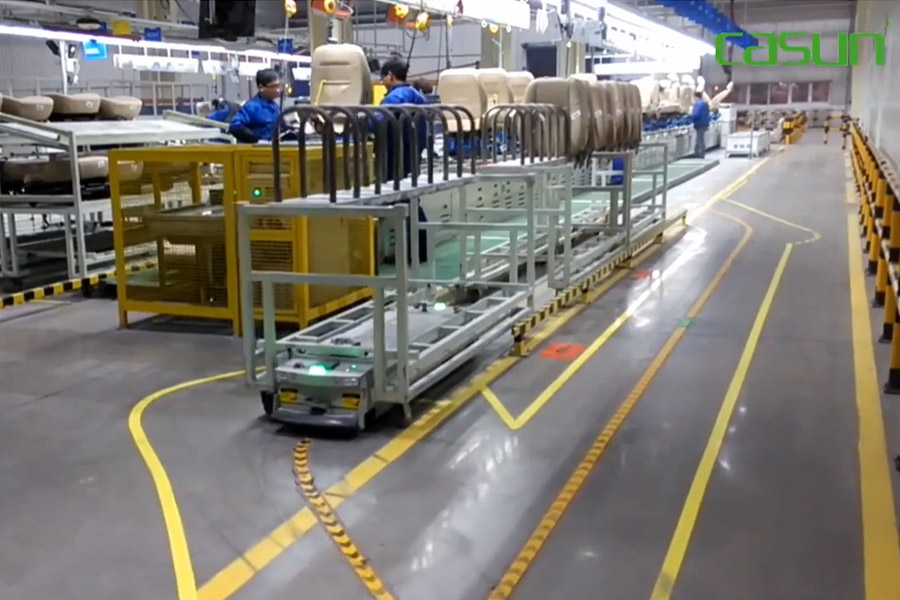Under the trend of large-scale development of power batteries, material cost reduction has limited the reduction of BOM cost of power batteries. Through innovative manufacturing processes, introduction of intelligent and digital technologies, improvement of product quality, production efficiency, and reduction of defect rates have become the urgent needs of battery companies. , as the core part of the power battery production process, the mid-stage process has more extreme requirements for high efficiency, high precision and high consistency.
The connection between power battery manufacturing processes is becoming more and more flexible, and the connection between production lines is getting closer and closer, especially for equipment connection, network connection, data connection, etc. AGV/AMR is an important carrier for seamless connection between processes. It is necessary to meet the technological requirements of the mid-stage process.
Contents
Introduction to the middle process of power battery
The mid-section production process of lithium batteries makes cells through winding/lamination, shell welding, drying, liquid injection, sealing and cleaning.
The middle-stage process mainly includes the winding/lamination of the cell and the liquid injection of the cell, and the equipment involved includes a winding machine, a lamination machine, and a liquid injection machine. When the winding machine winds the cells, cylindrical windings and square windings may be used. The lamination machine picks up the pole pieces in the positive and negative electrode material boxes, and after secondary positioning, alternately places the positive and negative pole pieces on the lamination table. The diaphragm is automatically unwound, and the lamination table drives the diaphragm to reciprocate left and right to form a zigzag winding. After the lamination is completed, it is cut according to the set length, and the glue is automatically sent out. Through the liquid injection machine, the electrolyte is injected into the wound or laminated cell. The electrochemical performance of the cells produced by the winding process is slightly worse than that of the laminated type, but the advantages are that the degree of automation is high, the production is easy, and it is suitable for large-scale production. Therefore, the square cells on the market, especially the cylindrical cells, are generally Production by winding process.
winding process
Equipment used: Winder
Winding is the process of winding the pole pieces made by the production process or the winding die-cutting machine into the cells of lithium ion batteries, which are mainly used for the production of square and round lithium batteries. Winding machines can be subdivided into square winding machines and cylindrical winding machines, which are used for the production of square and cylindrical lithium batteries respectively.
Lamination process
Equipment used: lamination machine
The lamination is to stack the single pole pieces produced in the die-cutting process into the cells of the lithium ion battery. The stacking machine completes a single stacking task, involving multiple sub-processes in parallel and complex mechanism coordination. To improve the stacking efficiency, complex dynamic control problems need to be dealt with; while the winding speed is directly related to the winding efficiency, and the means of increasing efficiency are relatively simple. At present, the production efficiency of laminated cells is different from that of wound cells.
Liquid injection process
Equipment used: liquid injection machine
Liquid injection is to quantitatively inject the electrolyte of the battery into the cell.
Cell packaging process
Equipment used: shell machine, rolling groove machine, sealing machine, welding machine
The demand for smart logistics in the middle-stage process of the lithium battery industry is also in a state of full bloom in the whole process. In the middle-stage process, there are a large number of intelligent logistics systems and equipment applications in the process links such as pole roll handling, diaphragm handling, and cell pulling.
Demands and difficulties of intelligent logistics in the middle process
It can be seen from the manufacturer’s abandonment of the lamination process that the lithium battery production process requires the ultimate production. The middle-stage equipment of the lithium battery emphasizes personalization more than the previous stage, and has higher requirements for the accuracy, efficiency and consistency of the process.
- 1) Efficient operation; in the new energy market with strong demand, high efficiency is one of the core goals of power battery production, efficient production and guaranteed delivery;
- 2) High precision; high precision is an important guarantee for efficient process and yield; inaccurate positioning of mobile robots and mis-insertion will not only increase production links and reduce production efficiency, but also cause raw materials and products to be damaged during production and handling. Waste, yield is the ultimate pursuit of lithium battery production;
- 3) Low pollution: The winding/lamination of the battery cells and the liquid injection of the battery cells have extremely high requirements on the workshop environment. Any pollutants may affect the quality of the products and reduce the yield;
- 4) High stability: The lithium battery industry has a large production scale, frequent assembly operations, and a large number of participating equipment. Logistics equipment service providers need to have the ability to centralize large-scale scheduling and the openness and safety of seamless connection with the production line to ensure stable equipment operation;

